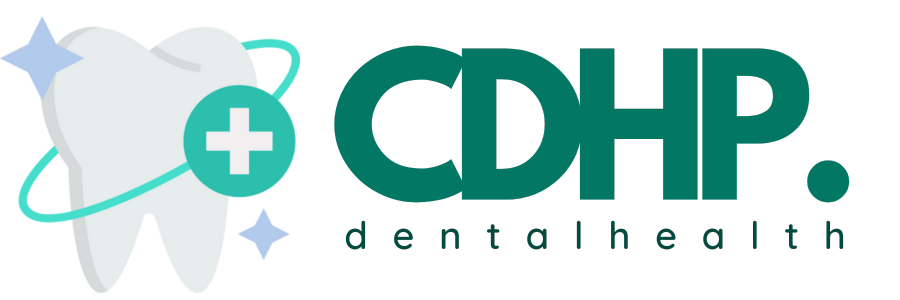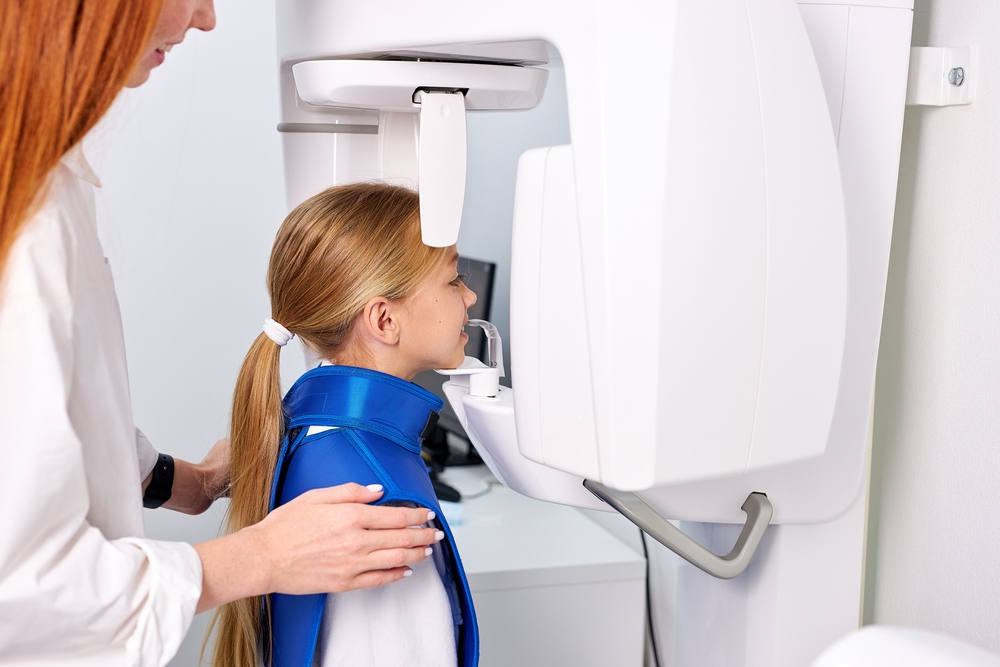The world of medicine is very unique, especially when it comes to preventative care. In many cases, some preventative care can help curb serious problems, but too much prevention is also a thing.
One great example of this is getting X-rays done of your teeth. Dentists offer X-rays as a basic part of your dental care. However, all X-rays have a certain level of risk due to the amount of radiation they give out.
We all know that radiation isn’t good for you. Excess radiation exposure can lead to bone loss, cancer, sores, and DNA destruction. This can be scary, but you absolutely do need to get X-rays. But…how many are safe to take per year? Let’s talk about it.
Let’s first talk about the risks of X-rays and radiation exposure.
X-rays are a part of the radiation spectrum, which involves radiation of different wavelengths. Our visible light spectrum is part of this. Some types of radiation are almost entirely safe, such as most of our light spectrum.
Others are very dangerous because they can destroy cells, such as gamma radiation and alpha radiation. X-ray radiation is closer to gamma radiation than it is to our light spectrum. In high doses, X-rays can destroy cell tissue and skin.
Radiation is a known carcinogen, which means it can also cause cancer. However, it’s a situation where “the dose makes the toxin,” so it’s more about reducing exposure than it is cutting it out entirely.
PRO TIP – Everything has a little radioactivity to it, including you. It’s physically impossible to live in a radiation-free environment.
How do dental X-rays work?
Dental X-rays send out short pulses of X-radiation that light up the calcium in your bones. The X-ray machine then takes a photo of your jawline as the radiation reflects on your teeth and bones.
Are dental X-rays safe?
Yes, provided that they are done with functional equipment by a licensed hygienist or dentist. Pregnant women may want to ask their dentist if they can postpone the X-ray until after the baby is born, though.
It’s also worth noting that X-rays are less dangerous when pointed at your skull and lower jawline when compared to other areas, like your stomach. So while X-rays are dangerous, dental X-rays aren’t as dangerous as you’d expect.
PRO TIP – Many dentists agree that the low doses of radiation found in dental X-ray machines are nothing to worry about if you’re pregnant. The radiation is not directed at the fetus, after all.
How many dental X-rays can you safely have in a year?
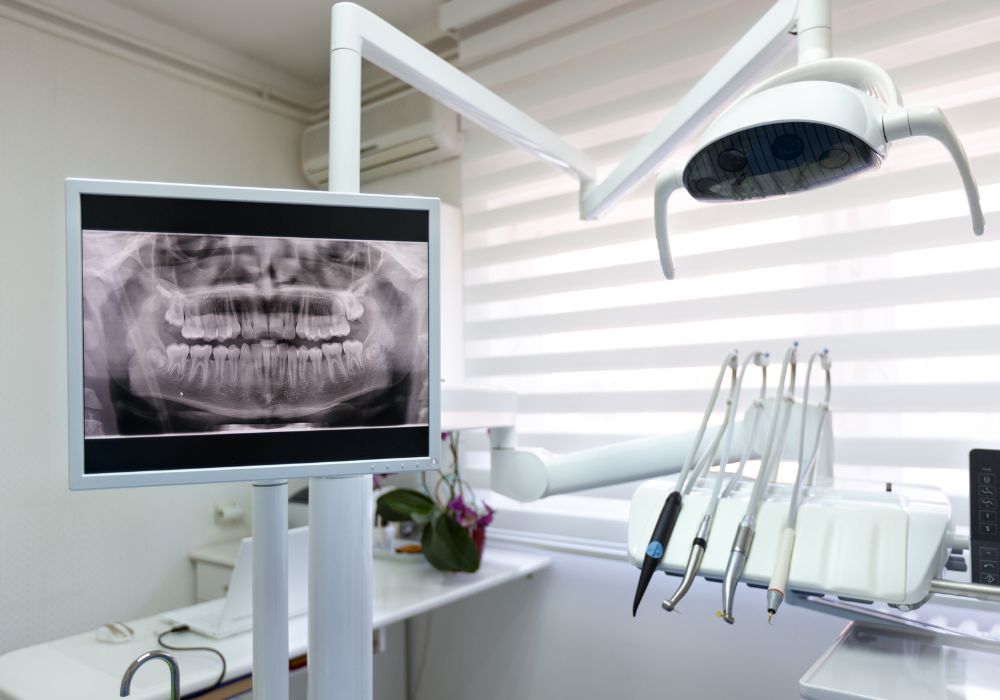
Honestly, this is not a question you should worry about. The radiation levels found in X-rays are extremely low. In fact, It would take 20 full rounds of X-rays to get the same level of radiation you get existing for a whole year. (That’s not a lot of background radiation.)
Even so, both dentists and dental hygienists are trained to reduce the need for X-rays as much as they can. While they are aware that they may need X-rays for things like tooth implants or a root canal, they do their best to curb it.
You shouldn’t have to get X-rays every year in most cases. For example, the American Dental Association notes “An adult with good oral health and low risk of dental problems should have x-rays taken at intervals of every 24 to 36 months.”
If you have a high-risk mouth or are currently experiencing pain, you may need to get an X-ray that very day. It’s best to stick to whatever your dentist suggests.
PRO TIP – If you recently switched dentists, it’s normal to ask for a new set of X-rays. However, if you already had X-rays for a diagnostic from a different office, they may be up charging you. You might want to check around to see what you can save on.
What types of dental X-rays are there?
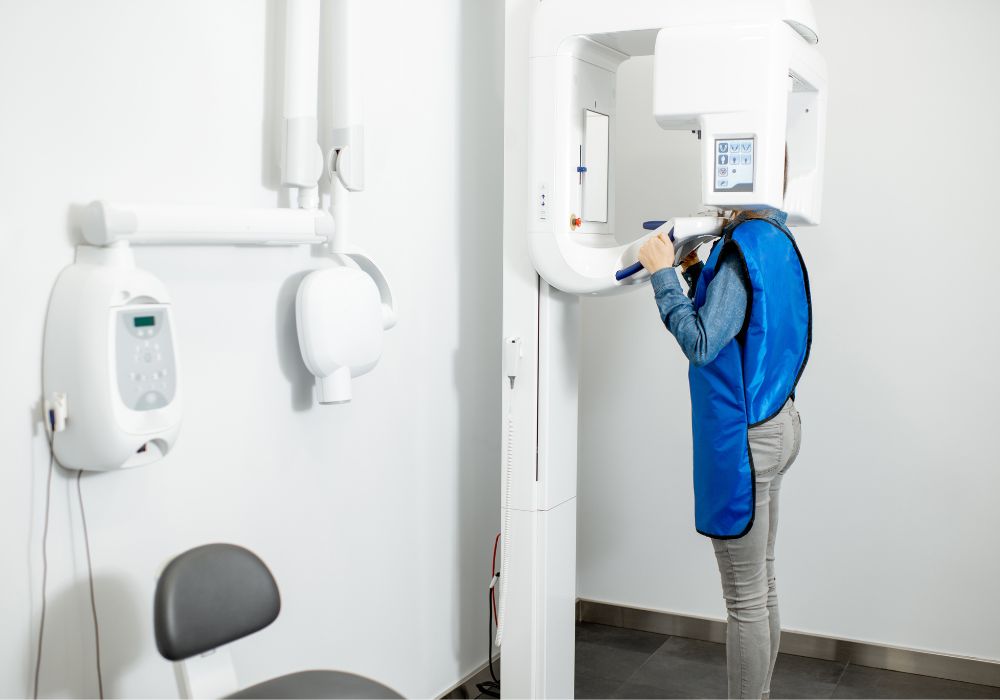
X-rays are not a “one size fits all” type of deal. There are different types your dentist may ask for. These are the most common:
Extraoral X-Rays vs. Intraoral X-Rays
Extra-oral X-rays are panoramic and will show your wisdom tooth, your maxilla, and your mandible. It’s a whole head view, rather than a closer look at your teeth. These are taken outside of your mouth.
Intraoral X-rays are often more “zoomed in” and will show details on the crowns and roots of your teeth. You will need to take these from the inside of your mouth.
Different Types Of X-Rays
Another way to categorize the types come from the style of X-ray. These are the most common:
- Bitewing X-rays. These are used to source the discomfort you have in your teeth, and will typically show gums and tooth roots. Most of the time, dentists will take these while you’re in the chair. They are incredibly common.
- Occlusal X-rays. These are taken to show what’s going on with the roof of your mouth. They may be used to see growths or determine an issue with a cleft palate.
- Periapical X-rays. If your dentist needs to take a look at all your teeth as well as your lower jawbone, this will be the type he chooses. These may be necessary if you are getting braces.
- Panoramic X-rays. These extremely common X-rays tend to be given when the doctor needs a full panoramic view of each tooth. Many offices will get you a panoramic X-ray sets a way to help determine a baseline of your oral health.
- Cephalometric Projections. These aren’t your typical X-ray. They take a picture of the entirety of one side of your head. If you are getting maxillofacial surgery, then these may be necessary.
- Cone-Beam X-Rays. This is a type of X-ray that uses multiple shots to create a more accurate 3D representation of what your tooth looks like. They are considered to be the most accurate type of X-ray on the market.
Can you say no to X-rays at a dentist’s office?
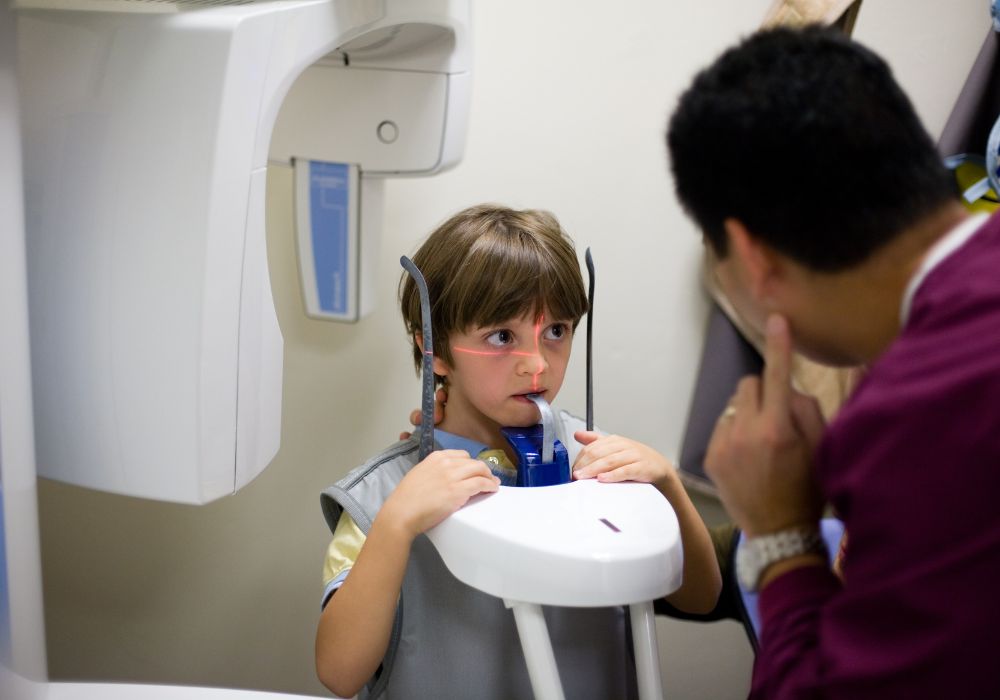
It depends. If your teeth are healthy, you may be able to delay getting a set of X-rays for preventative measures. However, if you are in pain, need a tooth extraction, or have signs of gingivitis, you won’t be able to say no to X-rays and still get treatment.
In order to do dental work properly, your dentist needs to see what’s going on in your mouth. Your X-rays are there to ensure that your doctor does the right tooth extraction, that your dentures feel good, and that you don’t get a filling when you need a root canal.
Truth be told, most dentists would not do any major dental work without a set of X-rays. They’re right to do that, too. It’s too much of a liability or a risk of misdiagnosis.
How can you reduce the damage dental X-rays cause?
You really don’t have to worry about increased cancer risks with a simple set of X-rays. If you want to reduce the damage, make sure the lead apron you’re given to wear is snug against your chest, and wear a thyroid collar.
In most cases, the radiation doses won’t make any dent in your health whatsoever. If you are worried about your health due to chemo or cancer issues in the past, bring it up to your dentist.
Can you give a better explanation of how much radiation is in an X-ray?
Yes. Believe it or not, there’s a casual frame of reference you can use to get a relative idea of the radiation level. You can use the amount of radiation absorbed from eating a single banana. (No, really, it’s a cultural measurement unit.)
An X-ray session will give you about the same radiation as eating 50 bananas. For reference, a flight from Los Angeles to New York has 400 bananas’ worth of radiation. It’s really not that much radiation, especially if you are a banana enthusiast.
In conclusion…
If you are worried about X-ray radiation, don’t be. Unless you are getting X-rays almost daily, you are not going to get affected by the X-rays done for your dental exam. Your dentist will be able to deduce what the best X-ray procedure will be for you.
The truth is that no one likes getting X-rays. It’s uncomfortable. However, they make a huge difference when it comes to healthcare quality. So, if you can, grin and bear it.
